In sewing and crafting, “bunting” refers to a delightful and versatile decorative element that can instantly add charm and festivity to various occasions.
Bunting typically consists of small flags or triangular fabric pieces sewn onto a string or ribbon, creating a visually appealing garland.
These fabric flags come in a wide array of colors, patterns, and designs, allowing for endless creativity and customization.
Whether it’s for birthday parties, weddings, seasonal decorations, or simply brightening up a living space, bunting in sewing is a beloved and accessible craft that captures the essence of celebration and joy.
In this guide, we’ll delve into the art of creating bunting, offering step-by-step instructions to help you craft your own beautiful decorations.
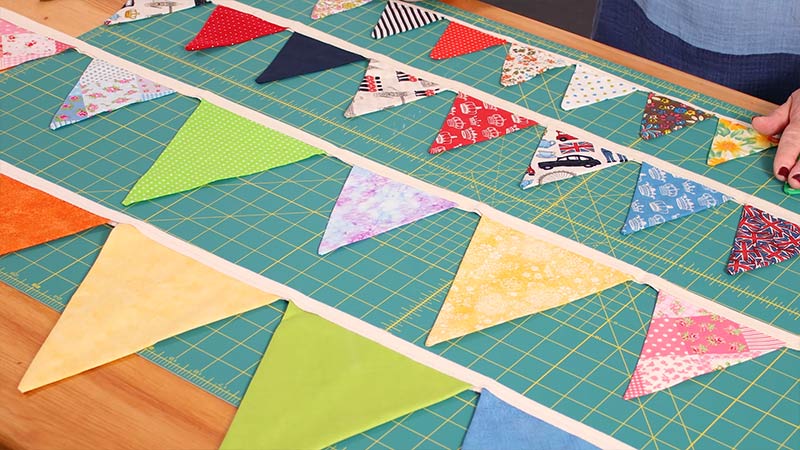
What Is Bunting in Sewing? -The Definition
Bunting in sewing refers to a decorative element made from fabric triangles, squares, or other shapes that are strung together to create a festive garland or banner.
It is a popular and versatile sewing project often used for various occasions and celebrations, such as birthdays, weddings, baby showers, holidays, and outdoor events like picnics and garden parties.
Bunting adds a charming and colorful touch to any space and can be customized to match the theme or color scheme of the event.
How to create Bunting in Sewing?
Creating bunting in sewing is a fun and creative project that can be used for various celebrations, such as birthdays, weddings, or seasonal decorations. Bunting consists of small flags or triangles sewn onto a string or ribbon.
Here’s a step-by-step guide on how to create bunting:
Materials you’ll need:
- Fabric of your choice
- Scissors
- Sewing machine or hand-sewing needle
- Thread
- Iron and ironing board
- Ribbon or bias tape
Steps to create bunting:
Plan and measure
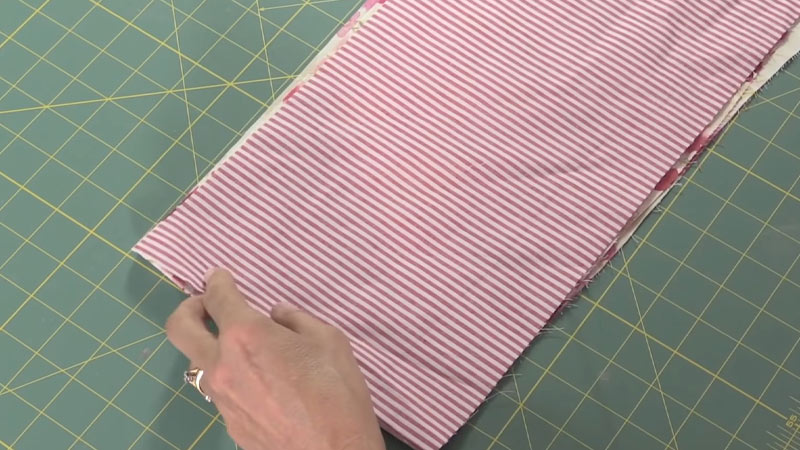
Decide on the size and number of flags you want for your bunting. The size of the flags can vary, but a common size is around 6 inches (15 cm) wide and 8 inches (20 cm) long. Measure and mark these dimensions on your fabric.
Cut out the flags
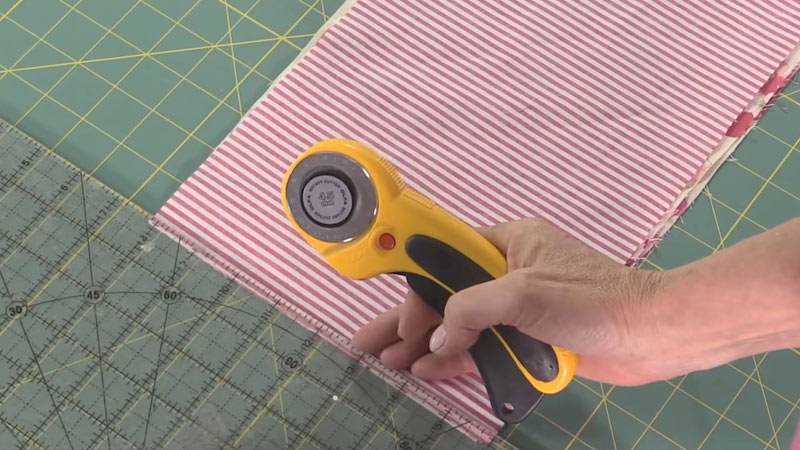
Use your scissors to cut out the fabric flags. You can either cut them into triangles or rectangles, depending on your preference. Make sure to cut enough flags to achieve the desired length for your bunting.
Fold and press
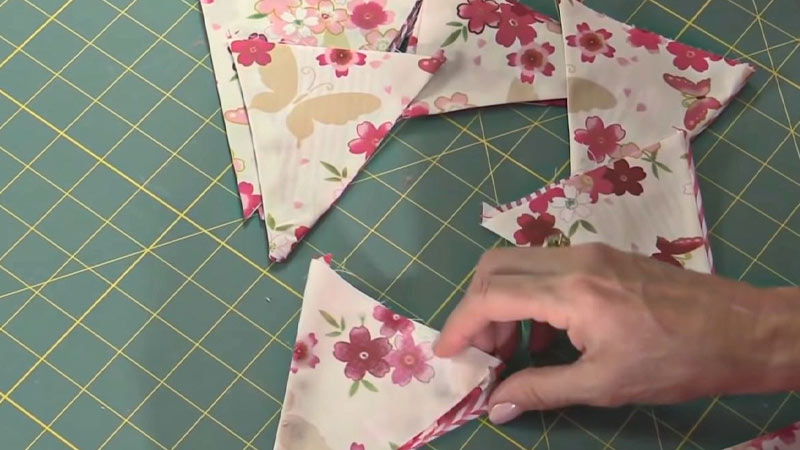
Fold each flag in half lengthwise, with the right sides facing each other. Press the fold with an iron to create a crease.
Sew the sides
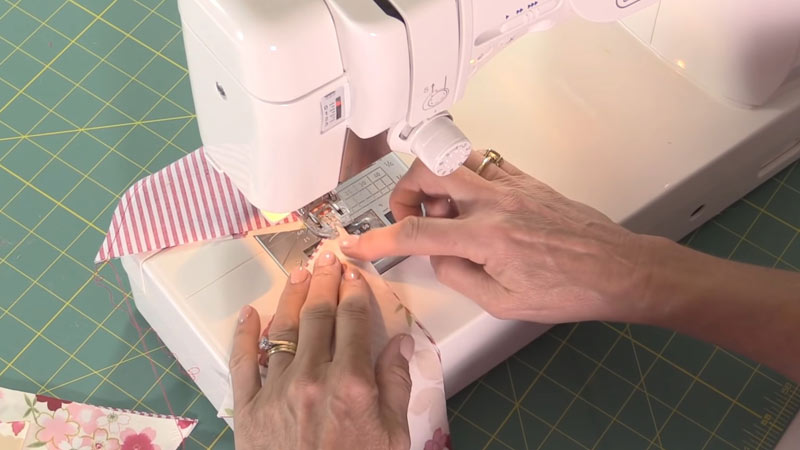
Using your sewing machine or hand-sewing needle, sew along the two open sides of the flag, leaving the top (folded) edge open. Use a 1/4-inch (0.6 cm) seam allowance. If you’re using a sewing machine, backstitch at the beginning and end of each seam to secure the stitches.
Trim and turn
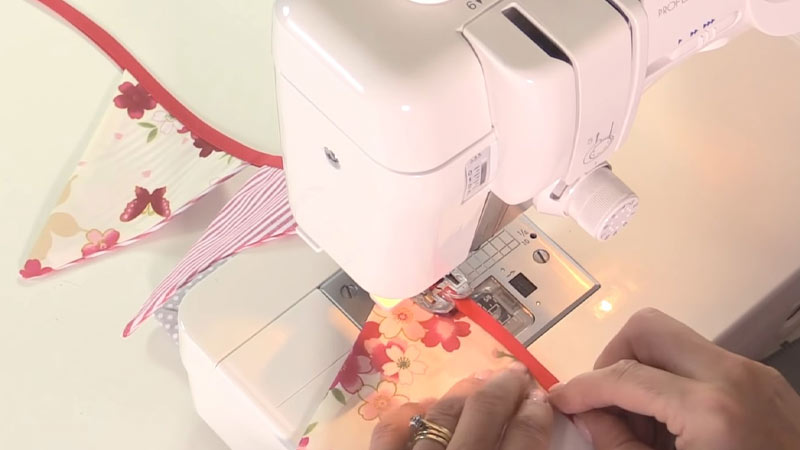
Trim the excess fabric near the stitched edges and trim the point of the triangle if you made triangular flags. Be careful not to cut through the stitches.
Turn the flags right side out, using a pointed tool (such as a chopstick or pencil) to help push out the corners and make them sharp.
Press again
After turning the flags right side out, press them with an iron to ensure they lay flat and look neat.
String the flags
Decide on the spacing between the flags on your bunting string. Cut a piece of ribbon or bias tape to your desired length, leaving extra at each end for hanging.
Fold the top (unsewn) edge of each flag over the ribbon or bias tape and pin it in place. Space the flags evenly along the ribbon.
Sew the flags onto the ribbon
Use your sewing machine or hand-sewing needle to stitch along the folded edge of the flag, attaching it to the ribbon or bias tape. Make sure to secure the flags in place by backstitching at the beginning and end.
Trim excess thread
Trim any excess thread, and your bunting is ready to hang.
Hang your bunting
Find a suitable location to hang your bunting, and use the extra ribbon or bias tape at each end to attach it to hooks, nails, or other fixtures.
What Is Bunting Fabric?
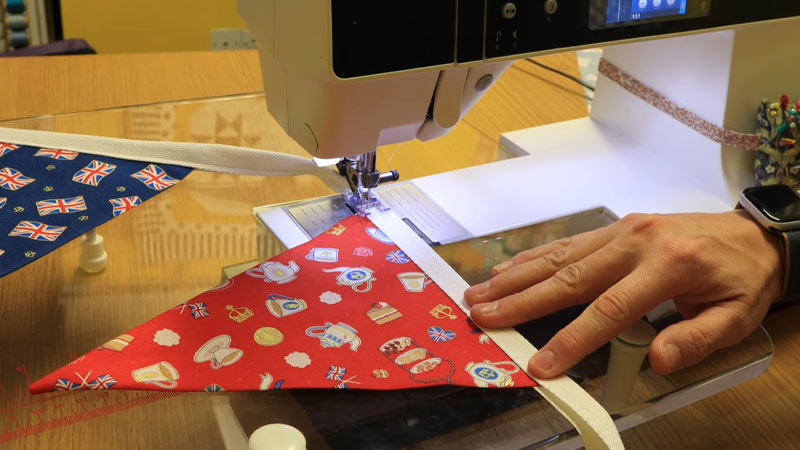
Bunting fabric, often referred to simply as “bunting,” is a type of textile material commonly used for making decorative flags, banners, and festive decorations.
It is characterized by its lightweight, durable, and easily customizable properties, making it a popular choice for various celebratory occasions, such as birthdays, weddings, parties, and seasonal festivities.
Bunting fabric is typically made from cotton, although other materials like polyester or nylon may also be used.
It comes in a wide range of colors, patterns, and prints, allowing for creative and personalized designs.
The fabric is usually easy to cut, sew, and manipulate, making it accessible to both novice and experienced crafters.
Different Bunting Shapes
Bunting is a versatile and decorative element that comes in various shapes, each offering unique aesthetics and creative possibilities.
While the classic triangular flag bunting is the most common, here are some different bunting shapes you can explore for your sewing projects:
Triangle Bunting
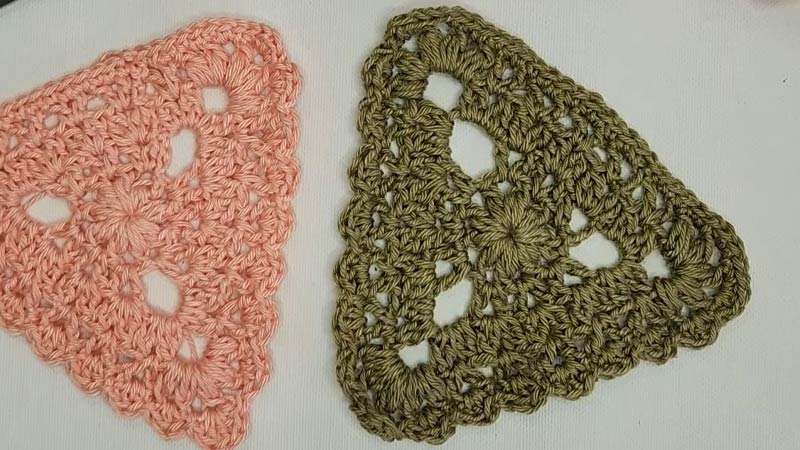
Triangle-shaped flags are the traditional and most popular form of bunting. Bunting triangle sizes are simple to make and give a festive appearance to any occasion.
Rectangular Bunting
Rectangular flags provide a more streamlined and modern look. They are often used in contemporary or minimalist decor settings.
Pennant Bunting
Pennants are similar to triangles but have a pointed bottom, resembling the shape of a pennant flag. They add a playful and nautical touch to decorations.
Heart Bunting
Heart-shaped flags are perfect for weddings, Valentine’s Day, or romantic events. They are created by folding the fabric in half and cutting a half-heart shape, ensuring symmetry.
Circle Bunting
Circular flags or scalloped circles create a whimsical and playful atmosphere. They are achieved by cutting out circles from your fabric.
Star Bunting
Star-shaped flags are suitable for patriotic holidays or celestial-themed decor. You can cut and sew stars from your chosen fabric.
Animal or Character Bunting
Customize your bunting with flags shaped like animals, characters, or objects related to the theme of your event. This requires more intricate cutting and sewing skills.
Custom Shapes
Feel free to get creative and experiment with unique shapes that match your event’s theme. Whether it’s flowers, bows, or abstract designs, the possibilities are endless.
What Is Bunting Clothing?
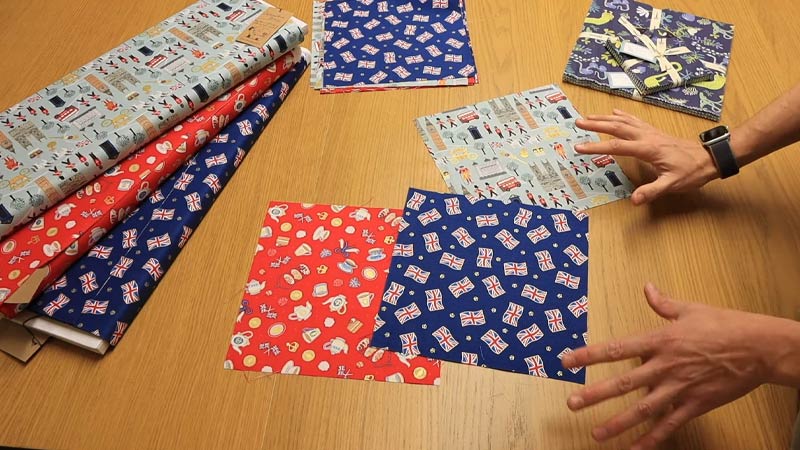
“Bunting clothing” typically refers to a specific type of outdoor clothing or attire designed to keep individuals, especially infants and young children, warm and insulated in cold weather conditions. Bunting clothing is also sometimes called a “bunting suit” or simply “bunting.”
Key characteristics of bunting clothing include:
One-Piece Design
Bunting clothing is usually a one-piece garment that covers the entire body from head to toe, with openings for the arms, legs, and often the face. This design helps to maximize warmth by minimizing exposure to cold air.
Insulation
Bunting clothing is heavily insulated with materials like down, synthetic fill, or fleece to provide excellent warmth and protect against cold temperatures.
Zippers or Snaps
To make it easy to put on and take off, bunting clothing typically features zippers, snaps, or both, running from the neck down to the legs. This allows for quick access for diaper changes or clothing adjustments.
Hood or Head Cover
Many bunting suits have a hood or a built-in head cover to keep the baby’s head warm. Some hoods have a small opening for the face.
Foot and Hand Covers
Bunting clothing often includes attached booties or foot covers to keep the baby’s feet warm. Some designs also have hand covers or mittens that can be folded over the baby’s hands.
FAQS
What fabrics are best for making bunting?
While cotton is a popular choice for bunting fabric due to its ease of sewing and versatility, you can also use other materials like polyester, linen, or even burlap depending on your desired look and durability requirements.
How can I add embellishments to my bunting flags?
You can enhance the visual appeal of your bunting by adding embellishments like lace trim, fabric appliques, sequins, or fabric paint.
Can I make reversible bunting flags?
Yes, you can create reversible bunting flags by using two different fabrics for each flag. Simply sew the flags inside out, leaving an opening to turn them right side out, and then stitch the opening closed.
What’s the best way to store bunting when it’s not in use?
To prevent wrinkles and maintain the quality of your bunting, store it flat or rolled up rather than folding it. Keep it in a cool, dry place away from direct sunlight to avoid fading.
How can I clean and maintain my bunting?
Bunting can accumulate dust and dirt over time. Depending on the fabric, you can spot clean with a damp cloth, gently hand wash, or machine wash on a delicate cycle.
To Recap
Bunting in sewing is a delightful and versatile craft that adds a touch of celebration and charm to various occasions.
Whether you opt for the classic triangular flag or explore unique shapes and designs, bunting offers endless creative possibilities.
It allows sewers to express their style and creativity while enhancing the ambiance of events such as birthdays, weddings, and festive gatherings.
With its wide range of fabric choices, colors, and embellishments, bunting can be tailored to suit any theme or decor.
So, whether you’re a novice or an experienced seamstress, consider adding bunting to your sewing repertoire to infuse joy and festivity into your next special occasion.
Leave a Reply